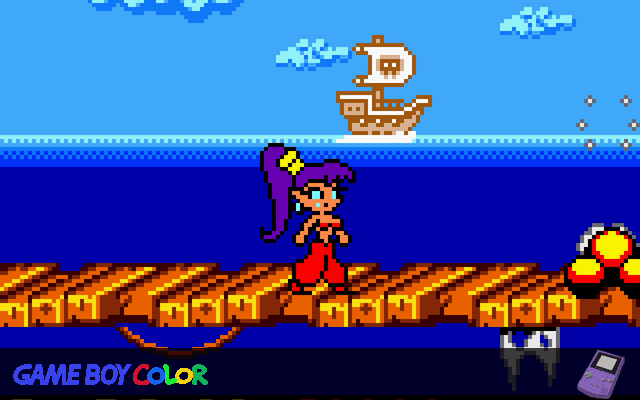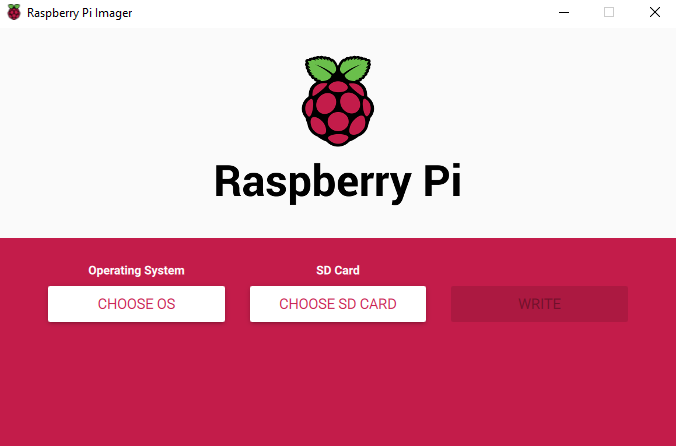

For a bit more on that, check out our post on how to install NOOBS on the Raspberry Pi. If you really want to make things easy, you can even buy SD cards that come pre-loaded with NOOBS. You can also opt to use NOOBS, an operating system installation manager that makes it easy to install Raspbian, as well as a few other operating systems.

It’s worth noting that the method described here isn’t your only option for installing Raspbian. Once you know how to write a disc image to a microSD card, you open up a lot of options for fun Raspberry Pi projects. This isn’t the only method for installing Raspbian (more on that in a moment), but it’s a useful technique to learn because it can also be used to install so many other operating systems on the Raspberry Pi. For this project, you’ll need a microSD card (go with at least 8 GB), a computer with a slot for it, and, of course, a Raspberry Pi and basic peripherals (a mouse, keyboard, screen, and power source). We’ll be downloading Raspbian and writing the disc image to a microSD card, then booting the Raspberry Pi to that microSD card. Installing Raspbian on the Raspberry Pi is pretty straightforward. How to install Raspbian on the Raspberry Pi Here’s how to install Raspbian on the Raspberry Pi. You can use a Raspberry Pi running Raspbian as a cheap and effective home computer, or you can use it as a springboard and turn your Raspberry Pi into any of countless other functional devices, from wireless access points to retro gaming machines. Raspbian is a competent and versatile operating system that gives your Raspberry Pi all the comforts of a PC: a command line, a browser, and tons of other programs. Raspbian is the Raspberry Pi’s most popular operating system, a spin off of the Linux distribution Debian that works well on the Raspberry Pi’s hardware.

That’s because a huge number of great Raspberry Pi projects start with installing Raspbian on the Raspberry Pi. A lot of our tutorials here on The Pi start the same way – with a link to this one.


 0 kommentar(er)
0 kommentar(er)
